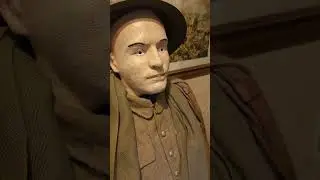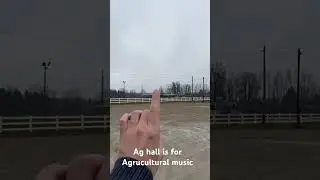Remembering a time before tech when the trees crossed the roads. Treelined roads.
Old tree-lined roads evoke a sense of nostalgia and charm, representing a bygone era when travel was slower, and the landscape was more intimately connected with nature. Here's a glimpse into the characteristics and significance of these treasured pathways:
Characteristics
**Canopy of Trees**: Old tree-lined roads are defined by their overarching canopy of mature trees, often forming a natural tunnel overhead. These trees, typically planted along the roadside, create a shaded and sheltered environment for travelers.
**Rural and Scenic**: These roads are often found in rural areas, winding through countryside landscapes, farmlands, or forested regions. They provide a scenic route for travelers, offering glimpses of natural beauty and tranquility.
**Historical Significance**: Many old tree-lined roads have historical significance, dating back to earlier periods when transportation relied on horse-drawn carriages or early automobiles. They may have been important trade routes, stagecoach roads, or simply well-traveled pathways between communities.
Significance
**Aesthetic Beauty**: The beauty of old tree-lined roads lies in their visual appeal and the sense of serenity they evoke. The interplay of light and shadow beneath the canopy, the rustling of leaves in the breeze, and the gradual transition of seasons create a captivating atmosphere.
**Cultural Heritage**: These roads often hold cultural significance, representing a connection to the past and a shared heritage. They may be featured in local folklore, literature, or historical accounts, serving as symbols of community identity and pride.
**Ecological Importance**: Tree-lined roads contribute to biodiversity by providing habitat for wildlife, preserving soil integrity, and mitigating the effects of erosion and runoff. They also help maintain air quality and regulate temperatures in surrounding areas.
Changes Over Time
**Modernization**: As transportation infrastructure evolved, many old tree-lined roads underwent changes to accommodate wider lanes, increased traffic, and safety requirements. This often resulted in the removal or trimming of trees.
**Urbanization and Development**: The expansion of urban areas and development projects sometimes led to the destruction or alteration of old tree-lined roads to make way for new construction or infrastructure.
**Conservation Efforts**: In recent years, there has been a growing appreciation for preserving and restoring old tree-lined roads as part of cultural heritage and environmental conservation efforts. Organizations and communities may undertake initiatives to protect these landscapes and promote their value.
Recreational and Cultural Uses
**Scenic Drives**: Old tree-lined roads are popular destinations for scenic drives, offering opportunities for relaxation, photography, and nature appreciation.
**Walking and Cycling Trails**: Some old tree-lined roads have been repurposed as walking or cycling trails, allowing people to experience the beauty of these landscapes up close.
**Heritage Tourism**: Communities may promote old tree-lined roads as tourist attractions, hosting events, festivals, or interpretive programs to celebrate their history and significance.
Old tree-lined roads are more than just pathways; they are living remnants of the past, embodying the enduring relationship between humans and nature. As stewards of the land, preserving these treasured landscapes ensures that future generations can continue to enjoy their beauty and cultural legacy.































